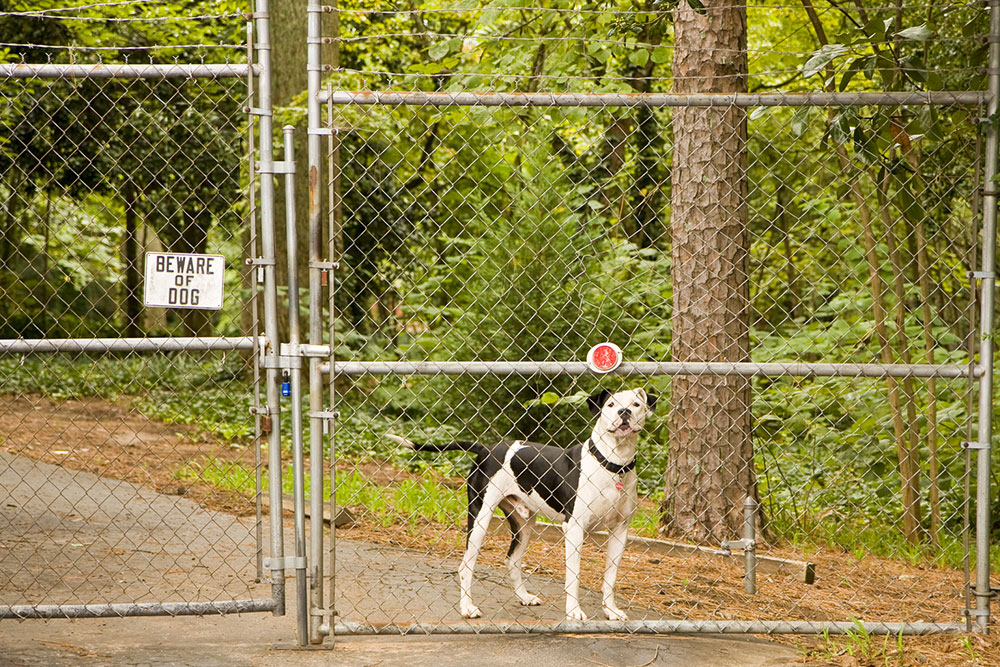
7 reasons invisible fences might fail to protect pets
Installing fences around the yard is a crucial step to preventing one’s pet companion from wandering away from home. These days, invisible fences have emerged as a popular safety mechanism. Usually installed either underground or using wireless transmitters, they emit radioactive signals to the pet’s collar whenever it tries to cross the boundary, triggering a static shock to alert them. However, here are some reasons why these aren’t the best solutions for one’s furry friends.
Sudden and fear-inducing static shocks
When pets receive static shocks from invisible electric fences whenever they try to cross the boundary, they may not understand what’s causing it. Therefore, this can make them scared of the outcome whenever they approach the boundary and may start showing fear-related behaviors. For example, they may completely avoid strolling the yard and might always seek refuge indoors. So, in a way, invisible electric fences may affect pets’ mental well-being.
Potential collar injuries
Although the electric shock generated by invisible wires is static and not harmful to pets, the fence collar may cause injury by rubbing uncomfortably against their neck. In addition to discomfort, this may lead to wounds and infections among pets.
Ineffectiveness because of the pet’s prey drive
Hunting their prey is a natural instinct among dogs and cats, and sometimes, even invisible electric fences may not deter them when they start their prey hunt.









